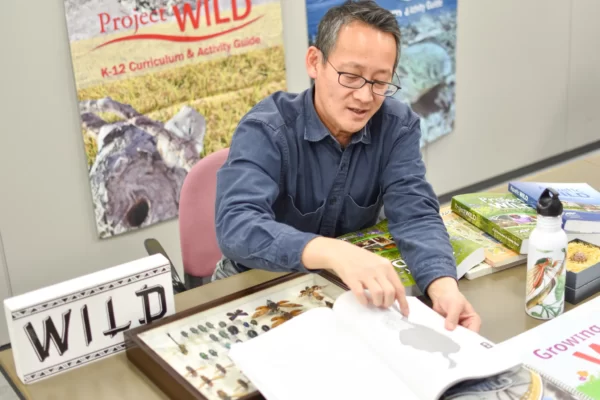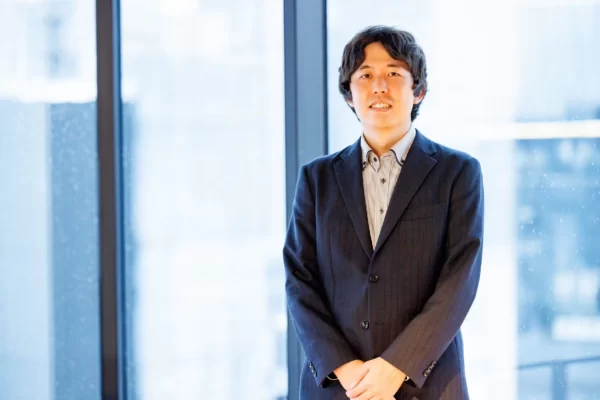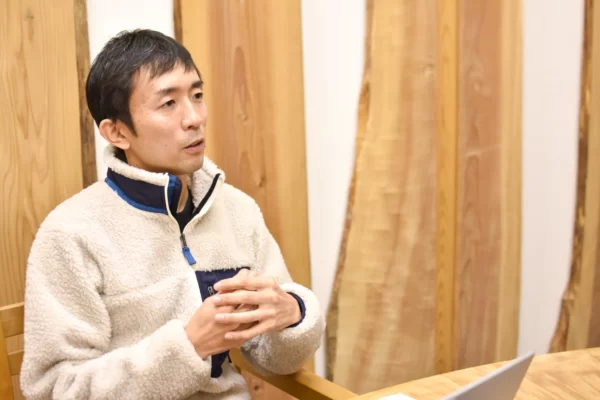Harnessing the Power of Nature to Create a Better Tomorrow – NACS-J, Japan Nature Conservation Association
Under the motto “Harnessing the Power of Nature to Create a Better Tomorrow,” Japan Nature Conservation Association (NACS-J) is the oldest and one of the most established environmental NGOs in Japan. Their mission is to strive for a society where people and nature can coexist, enabling a lifestyle that leads to a smile-filled life. In an interview with Mr. Daigo Iwahashi from the Nature Positive Promotion Department, we learned more about NACS-J’s activities and aspirations.
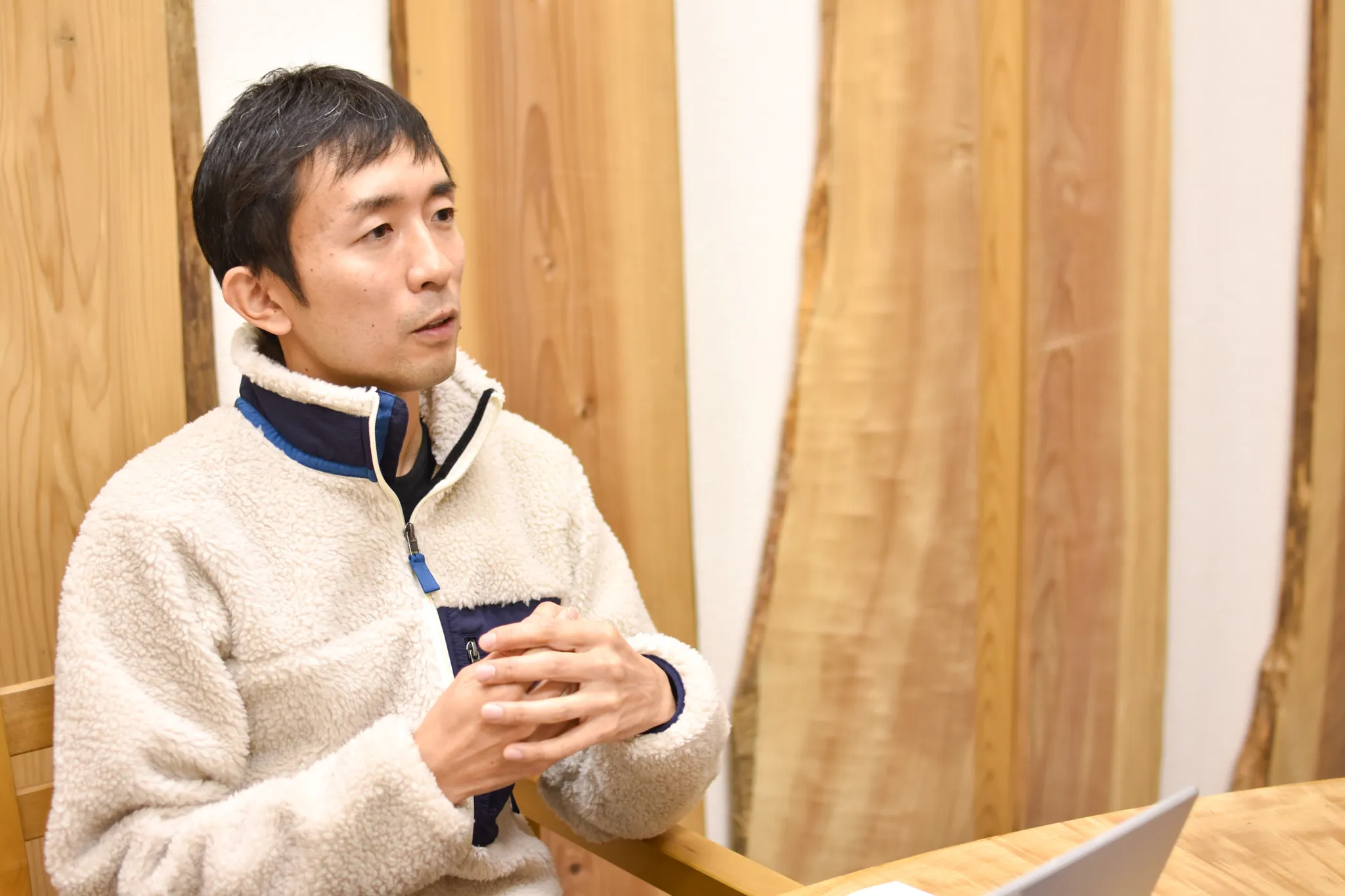
NACS-J (Nature Conservation Society of Japan)
Daigo Iwahashi
Director of Nature Positive Promotion Department
Nature Guide
Born in 1983 in Tokyo. Graduated from the Graduate School of Global Environmental Studies at Sophia University. After working for a listed company, joined the Nature Conservation Society of Japan (NACS-J). Currently, focuses on connecting companies and communities under the theme of lifestyle and nature conservation, and through planning and execution of various projects, contributes to the enhancement of corporate and community values, nature conservation, biodiversity conservation, and nature-based community development.
Working Towards a Society Where Everyday Life Contributes to Nature Conservation
Can you tell us more about NACS-J and its goals?
NACS-J is an environmental NGO supported by over 25,000 members and supporters, making it relatively large compared to others in Japan. However, considering the country’s population, our membership represents less than 1%.
While we do hope to expand our membership and gain more supporters, we have adopted “Lifestyle and Nature Conservation” as one of our main activity themes. We strongly believe that creating a society where everyday life itself is connected to nature conservation and biodiversity preservation is crucial for achieving genuine nature conservation and biodiversity conservation.
Many people tend to associate environmental issues with climate change, overlooking the importance of biodiversity. How does NACS-J address this matter?
Indeed, in Japan, the concept of “environmental issues” is often dominated by the notion of “climate change,” and many companies focus on specific measures to combat it, which is undoubtedly commendable.
However, in Western countries, there is already an understanding that biodiversity conservation and climate change adaptation should go hand in hand. In fact, biodiversity conservation often positively affects climate change, and there are scientific reports highlighting the negative impact of solely focusing on climate change without considering biodiversity.
At NACS-J, we recognize the importance of addressing biodiversity conservation and climate change adaptation together, as we believe they are inseparable.
Communicating the Value and Preservation of Nature through the Power of Science
If there are key points that you cherish in your activities, could you please share them?
We are engaged in a wide range of activities, from mountains to seas. It may seem like we’re trying to do everything at once. However, without broad-ranging efforts, we cannot protect the diverse natural environments found in Japan, which is crucial for nature conservation and biodiversity preservation.
One key focus for us now, which aligns with the theme of this interview, is ‘Nature Positive.’ This term gained attention during the recent Convention on Biological Diversity COP15 held in Montreal, Canada. It represents a global keyword aiming to halt the loss of biodiversity and restore nature by 2030 for the benefit of both humans and the planet.
In pursuing ‘Nature Positive,’ NACS-J highly values the power of science.
Appreciating nature for its beauty and serenity is essential. Personally, I love the mountains, and I feel the desire to protect such beautiful landscapes. However, what appears beautiful and worth protecting can vary depending on individuals. While emotional connections like finding something ‘beautiful’ are valid motivations to want to preserve nature, when it comes to actual conservation efforts, the significance of scientific knowledge cannot be underestimated.
Relying solely on emotions is insufficient; indeed, it’s true.
Problems arise when the sentiments of various people involved lead to disagreements or hinder progress in conservation efforts.
To overcome this, we must scientifically demonstrate why a particular natural place is essential and why specific protective actions are necessary, or why certain development plans should be reconsidered or modified. A logical explanation that everyone can comprehend is essential to effectively safeguard the nature we cherish.
Since its establishment in 1951, NACS-J has been committed to valuing science and effectively communicating the significance of nature and how to protect it while advancing our activities.
At the Forefront of Nature Positive: Minakami Town
What are the distinctive projects currently undertaken by NACS-J?
One of our prominent initiatives is the work we are doing in Minakami Town, Gunma Prefecture. For over 20 years, we have been actively engaged there, focusing on “biodiversity conservation and restoration” and “sustainable regional development utilizing nature.” This place can be considered a leading area for “Nature Positive” efforts in Japan.
For instance, we are working to restore artificial forests that were once established during the period of rapid economic growth when people planted artificial forests like cedar and cypress throughout Japan. Due to the inflow of cheap foreign wood, many of these forests have been left abandoned, resulting in a decline in biodiversity and the degradation of natural ecosystems.
Using the golden eagle (Inu-washi) as an indicator species, we are collaborating with local communities and experts to restore these poorly managed artificial forests back to their original natural state, promoting biodiversity recovery. We believe that this is a model initiative that can be extended to other regions in Japan, and we have already begun similar projects in places like Minami-Sanriku, Miyagi Prefecture.
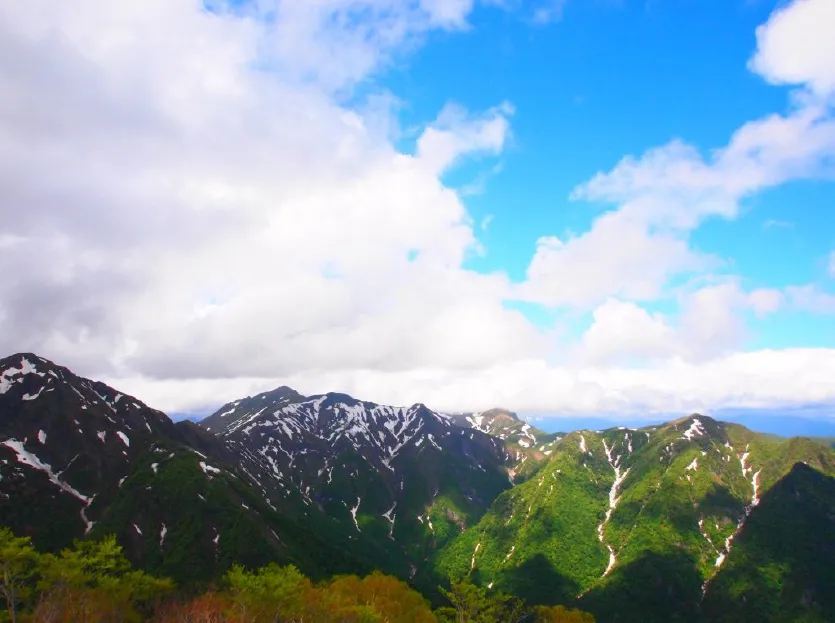
In 2017, Minakami Town was registered as a UNESCO Eco Park.
Humans Were Part of Nature
What do you think are the factors that have led to the dangerous level where it is not enough to stop the loss of biodiversity, but it is necessary to restore it?
The main factor is human activity driven by the pursuit of economic prosperity.
Once, the Japanese people lived harmoniously with nature. They endured hardships imposed by nature but managed to lead a sustainable and resourceful lifestyle, recognizing their connection to the natural world.
Such a lifestyle was exemplified by the traditional living in rural mountain villages.
But what about now? In the short span of fewer than 100 years since the post-war era, our way of life has undergone drastic changes. While we may have achieved economic prosperity, we have left behind the very foundation of our existence—the most vital aspect of life—nature. Unbeknownst to us, this neglect has led to the degradation of nature and biodiversity to a point beyond recovery.
If we fail to realize a “Nature Positive” society by 2030, our human future may be in jeopardy. However, if we approach this challenge with optimism, achieving a “Nature Positive” society by 2030 is still within reach, offering us a chance for redemption.
I believe this is our final opportunity. It is not limited to Japan or its people; people all around the world must act with shared determination.
Diverse Natural Environments Sustained by Human Presence
Japan has been designated as a biodiversity hotspot encompassing its entire land area. What are the characteristics of Japan’s ecosystems that distinguish it in this regard?
Japan’s distinctive ecosystems include the “Satoyama” landscapes, characterized by the harmonious coexistence of people and nature. These traditional landscapes, shaped by Japanese people over hundreds and thousands of years, are unique and valuable on a global scale.
Some argue that nature would be better off without human presence, but at least in the case of Japan’s natural environment, it is not necessarily so. There exists a diverse natural environment precisely because of human presence.
The natural environment of Satoyama areas can be likened to the world of traditional Japanese folktales. In these areas, there are houses with rice fields and vegetable gardens in front and wooded mountains behind. People cultivate the fields and gather firewood and charcoal from the mountains for their meals and warmth. For a long time, such a way of life has been practiced in Japan.
However, due to the rapid changes in our lifestyle and other factors, the natural environment of these Satoyama areas is rapidly disappearing.
Many areas have been urbanized, and even the remaining Satoyama regions have been affected by depopulation and aging in rural areas. As a result, these areas are often left untended, leading to an increase in abandoned lands.
Another notable feature is Japan’s coastal and marine environments, extending from cold seas to warm seas, and with diverse coastlines. Japan’s seas are considered hotspots with approximately 15% of the world’s marine species residing there.
However, both Satoyama and coastal environments are now facing critical situations. The Satoyama landscapes are increasingly urbanized and coastal environments are threatened by issues like concrete development and extensive marine debris.
Satoyama landscapes, as well as coastal areas with their beaches, were once natural environments that Japanese people took for granted. Things we take for granted are often difficult to fully appreciate until they are lost, and once broken, they cannot be easily restored. Restoration requires an immense amount of time, and once species go extinct, recovery becomes impossible.
Currently, not only Japan but the natural environments worldwide are in a critical state. Efforts are now being made to regain and restore what has been lost. “Nature Positive” is precisely a keyword born from such a social background.

No Longer Enough: Beyond Consideration
Could you please tell us what contributions CLASS EARTH can make by donating to NACS-J?
Donations are vital actions, as they allow us to collaborate with NGOs and experts in the field to achieve what we cannot accomplish alone. We can make powerful strides in nature restoration and recovery through collaboration and partnerships.
However, donations alone are not enough. Companies must transform their business activities to be truly “Nature Positive.” Merely showing “consideration” or aiming for “zero environmental impact” is insufficient. We must shift from a “minus” to a “plus” state, actively contributing to nature conservation and restoration. It’s essential to have a comprehensive approach beyond just donations to achieve the desired outcomes.
Even in the case of a single piece of clothing (apparel industry), from sourcing raw materials to disposal, it has undoubtedly placed significant burdens on nature. How can we restore nature? It is evident that the same approach used in the past will no longer work at all.
Transformation is a widely used term nowadays, and it is indeed necessary, especially in the apparel industry. We can no longer use the same old methods to restore nature.
NACS-J can offer assistance to corporations in areas such as sustainable sourcing of raw materials and the creation of frameworks to contribute to biodiversity preservation within their business activities.
Impressions of CLASS EARTH
Finally, could you share your impression of CLASS EARTH?
I thought it was a bold move to make “Nature Positive” the business objective. I believe it’s a very positive initiative, but it will also attract significant attention. In your apparel business, I understand that you are considering mechanisms to contribute to biodiversity conservation throughout the entire process, from sourcing raw materials to manufacturing, inventory disposal, and packaging. I’m rooting for your efforts.
NACS-J (Nature Conservation Society of Japan)
https://www.nacsj.or.jp/

